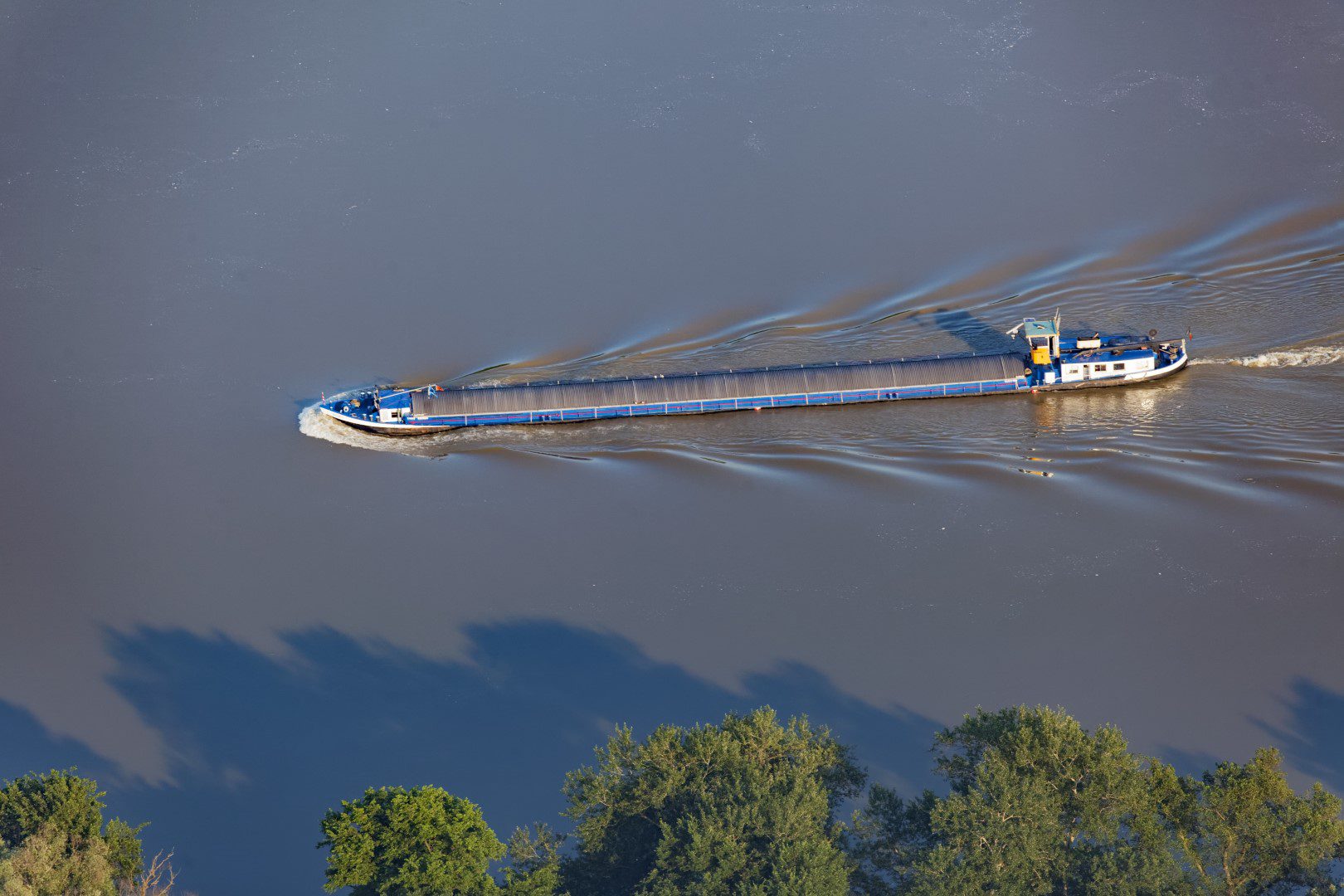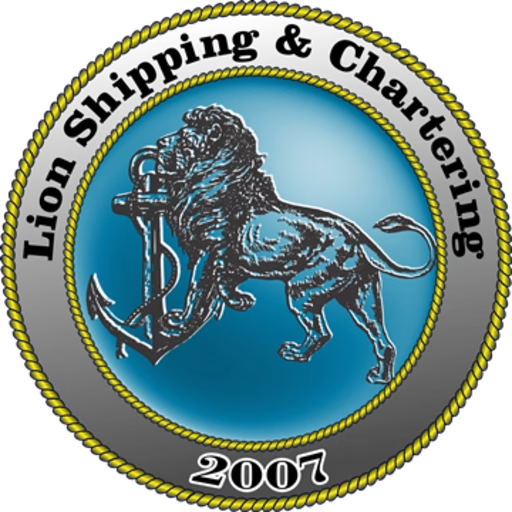
River transport by barges on Danube – Rhein – Maine is one of the most important segment of water transport nowadays in Europe.
The connection between Constanta Port and the Danube River is facilitated through the Danube-Black Sea Canal, which serves as one of the port’s key strengths. Consequently, this strategic link significantly enhances the port’s role in regional and international trade. Furthermore, substantial cargo volumes are transported along the Danube River, linking Constanta with Central and Eastern European countries such as Bulgaria, Serbia, Hungary, Austria, Slovakia, Germany, the Netherlands, and Belgium. This extensive network underscores the canal’s importance in fostering economic and logistical integration across the region.
As a charterer/broker based in Romania we have very good relationships with many local river-barge owners and also with foreign barge owners.
Main cargoes moved by barges on Danube are:
- fertilizers;
- grains;
- steel products;
- projects & heavy lifts equipments;
- construction materials;
Most of the tonnage chartered is represented by self-propelled river barges from 1000 dwt up tp 5000 dwt , but also convoys of 4-6 barges.
Using Rhine-Maine-Danube-Black Sea Canal, cargoes from Central Europe/North Europe can be moved to Caspian Sea being transshipped at Constanta Port.
Links:
R.A. Administratia Fluviala a Dunarii de Jos Galati (afdj.ro)
CN APDM SA – Administratiei Porturilor Dunarii Maritime (apdmgalati.ro)
Dry cargo barges
Actively transport a diverse array of commodities, such as log timber, steel coils, grain, and ore. Their versatility enables operators to minimize empty runs—journeys without return cargo—making them an efficient choice for various shipping needs. With the capacity to carry between 1,000 and 2,000 tons of cargo, these barges are a common sight on the Danube, where they are often arranged in linked formations or operated as pushed-coupled convoys for maximum efficiency.
Tanker barges
Play a vital role in transporting various liquid commodities along the Danube-Rhine-Main waterways. These include mineral oil products like petrol, diesel, and heating oil; chemical substances such as acids, bases, benzene, styrene, and methanol; and liquid gas. Since many of these items are classified as hazardous, their transport requires specialized tanker units equipped with advanced safety systems. Compliance with European regulations like ADN and ADN-D, as well as national laws governing the transport of dangerous goods, is crucial for ensuring safe operations.
With an average capacity of around 2,000 tons, tanker barges on the Danube primarily operate in pushed convoys, similarly to dry cargo transport. Moreover, modern tankers are equipped with double hulls to prevent cargo leaks in case the outer hull is compromised, thereby significantly enhancing safety standards. Furthermore, to provide additional protection, tanks are often constructed from stainless steel or coated with specialized materials to prevent any interaction with their contents. In addition, heaters and valves facilitate the transport of temperature-sensitive liquids, ensuring reliable delivery even during freezing winter conditions. Meanwhile, deck-mounted sprinkler systems offer further protection by safeguarding the cargo from excessive summer heat, making these barges well-suited for year-round operations. Most self-propelled tanker barges come equipped with onboard pumps, enabling efficient loading and unloading of cargo directly at ports without requiring specialized facilities. This adaptability, combined with their safety measures, makes tanker barges indispensable for liquid cargo transportation along Europe’s inland waterways. European Agreement concerning the International Carriage of Dangerous Goods by Inland Waterways (ADN manuals 2023) International Safety Guide for Inland Navigation Tank-Barges and Terminals (ISGINTT)Container barges
These vessels are specifically designed for transporting containers and are currently used extensively in the Rhine region. Additionally, in the Danube area, container convoys comprising four pushed lighters are widely recognized as the most efficient method for enhancing capacity. Furthermore, this approach ensures greater flexibility and scalability, making it a highly effective solution for container transport in inland waterways.
RORO barges
This indicates that the products being transported can be seamlessly loaded and unloaded through port or vessel ramps using their own motive power. Moreover, this method is particularly efficient for handling a variety of goods, including passenger cars, construction and agricultural machinery, articulated vehicles, and semi-trailers (referred to as the “floating road”). Additionally, it is well-suited for delivering large cargo and oversized items, further highlighting its versatility and practicality in transporting diverse types of goods.
